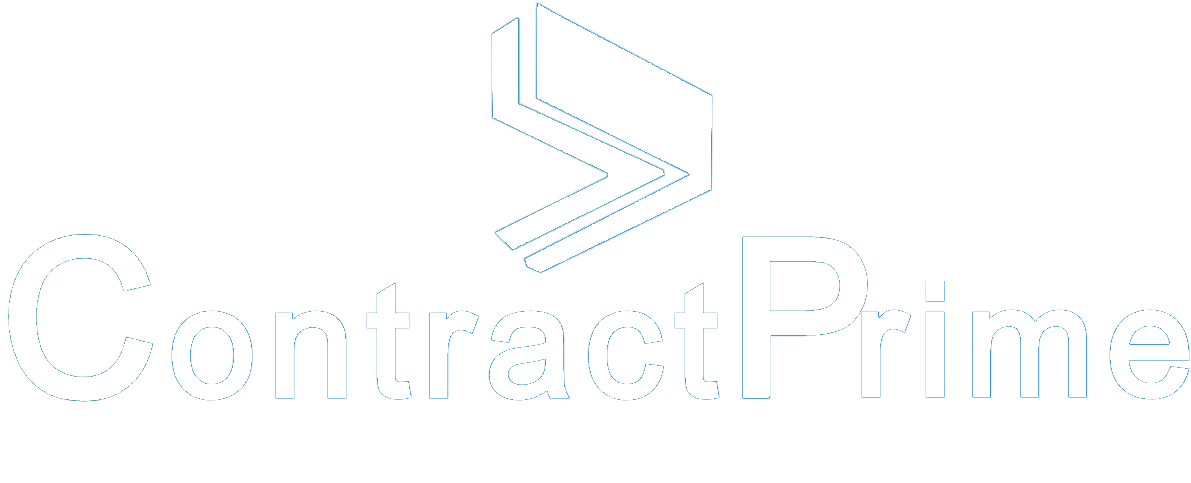Contract Lifecycle Management User Adoption Through Change Management
Contract Lifecycle Management (CLM) solutions have become indispensable tools for organizations seeking to streamline their contract management processes, improve compliance, reduce risk, and enhance operational efficiency. However, the successful adoption of a CLM solution is often hindered by the challenges of change management. In this blog, we’ll explore the critical role of change management in CLM user adoption and provide insights into how organizations can overcome these challenges.

Written by Knowledge Team, posted on October 04, 2023
Understanding the CLM Landscape
Before diving into the nuances of change management in the context of CLM user adoption, let’s briefly review the CLM landscape. CLM solutions are comprehensive software platforms designed to manage the entire contract lifecycle – from initiation and creation to negotiation, execution, and ongoing management. They centralize contract repositories, automate workflows, and provide analytics, making them invaluable for organizations dealing with numerous contracts.
The Importance of CLM User Adoption
The benefits of implementing contract management software are clear, but these benefits can only be realized when users fully embrace the system. Effective CLM user adoption ensures that all stakeholders, including legal teams, procurement professionals, and business users, utilize the system to its fullest potential. This leads to greater efficiency, improved risk management, and better overall contract management practices.
The Role of Change Management
Change management in the context of CLM user adoption refers to the strategies, processes, and tactics used to prepare and support individuals and teams as they transition from existing contract management methods to using the CLM system. Here’s why change management is crucial:
Addressing Resistance to Change
People often resist change due to fear of the unknown, concerns about job security, or a simple reluctance to leave familiar processes behind. Change management helps address these concerns by providing guidance and support throughout the transition.
Alignment with Business Goals
Effective change management ensures that CLM adoption aligns with the organization’s strategic objectives. It helps create a shared vision of how the CLM system will benefit the organization and its employees.

Managing User Expectations
Change management in the context of CLM user adoption is not just about implementing new software; it’s about managing user expectations effectively. Here’s why understanding and managing user expectations is crucial:

Setting Realistic Expectations
Users may have preconceived notions about the CLM system, including what it can and cannot do. Change management involves setting realistic expectations by clearly communicating the system’s capabilities and limitations. This helps prevent disappointment and frustration.
Addressing Concerns
Users may have concerns about how the CLM system will impact their daily work, job roles, and responsibilities. Change management strategies should include mechanisms to address these concerns and provide reassurance.
Customization and Personalization
Users may expect the CLM system to align with their specific needs and workflows. Change management should involve user involvement in system customization and personalization to better align with their expectations.
Benefits and Outcomes
Users often want to know how the CLM system will benefit them personally. Change management should emphasize the individual benefits, such as time savings, reduced manual work, and enhanced decision-making capabilities.
Ongoing Support
Users may expect ongoing support and resources as they transition to the CLM system. Change management should include plans for providing continuous support, including help desks, user communities, and additional training.
Feedback Mechanisms
Establish feedback mechanisms to allow users to express their expectations and concerns. This enables organizations to address issues promptly and make necessary adjustments.

Managing user expectations is a critical aspect of change management, ensuring that users have a clear understanding of the CLM system’s role in their work processes and its potential impact on their roles and responsibilities. When user expectations are aligned with reality, the transition to a CLM system is more likely to be smooth and successful.
Key Strategies for Successful CLM User Adoption
Clear Communication
Transparency and open communication are essential. Clearly communicate why the organization is implementing a CLM solution, how it will benefit employees, and the timeline for the transition.
Training and Education
Comprehensive training programs are crucial. Ensure that users receive the necessary training to use the CLM system effectively. Consider providing ongoing resources and support.
User Involvement
Involve end-users in the selection and customization of the CLM solution. Their input can lead to a system that better meets their needs and preferences.


Change Champions
Identify and empower change champions within your organization. These individuals can advocate for the CLM system, provide peer support, and share success stories.
Monitor and Adapt
Continuously monitor CLM adoption progress and gather feedback. Be prepared to adjust the system and change the management approach as needed.
Celebrate Successes
Acknowledge and celebrate milestones and achievements related to CLM user adoption. Recognizing and rewarding progress can boost morale and motivation.
Conclusion
The successful adoption of a Contract Lifecycle Management solution hinges on effective change management. Organizations must recognize that CLM user adoption is not just about implementing new software but also about facilitating a cultural shift towards efficient contract management practices. By employing clear communication, robust training, user involvement, and ongoing support, organizations can overcome resistance to change and reap the benefits of a well-implemented CLM system. Embracing change management as an integral part of CLM implementation can lead to improved contract management, reduced risk, and enhanced operational efficiency in the long run.
